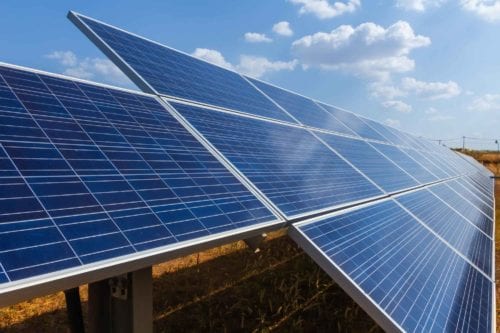
eLab: Forge Teams
DERs for State Agencies
DERs for State Agencies
Exploring rate reduction opportunities for state agencies through DERs
Champion: Texas Energy Aggregation (TEA)
Overview
This team is leading an effort to reduce the taxpayer expense incurred by Texas state agencies through the rate reduction opportunities offered by DERs. Possible solutions include participating in demand response programs and on-site solar installations.
Project Objectives
Identify win-win business models or rate structures that enable state agencies to deploy distributed energy resources (DERs) across their assets while adding value to their utility.
Facilitator
TJ Kirk, RMI Senior Associate, Industry & Heavy Transport
Team Members
- Mike Bendewald, Managing Partner, Texas Energy Aggregation (TEA)
- Beverly West, Senior Manager, Strategy and Innovation, TXDOT
- Tim Anderson, Director of Strategy and Innovation, TXDOT
- Andee Chamberlain, Sustainability Programs Manager – Support Resources Division, TPWD
- Scott Stover, Director, Support Resources Division, TPWD
- David Hubbard, Director of Energy Market & Customer Solutions, New Braunfels Utilities
- John Veracruz, Sustainability and Energy Manager, Texas Military Department
Progress Made to Date (pre-Accelerator)
XDOT has conducted research into using roadside right-of-ways for solar. Nationally, the Federal Highway Administration (FHWA) recently signed an interagency agreement with NREL to assist state DOTs with such programs. Relevant resources include:
- FHWA Fact Sheet on Roadside Renewables
- Quick Guide on FHWA Requirements for Renewable Energy Projects in Highway Right-of-Way
- FHWA Renewable Energy in Highway Right-of-Way Website
Project Background Information
- Texas state agencies (TXDOT, Texas Parks and Wildlife, Texas Military Department) collectively spend more than $15 million annually on power across facilities located in multiple rural electric co-ops and small municipal utility territories (Bluebonnet, Pedernales, etc.).
- Texas Energy Aggregation (TEA), through the State Electricity Sourcing Services contract, fulfills the electricity procurement needs of state agencies.
- The agencies have available land and facilities across the State, as well as back-up generation, that present opportunities for energy cost reductions.